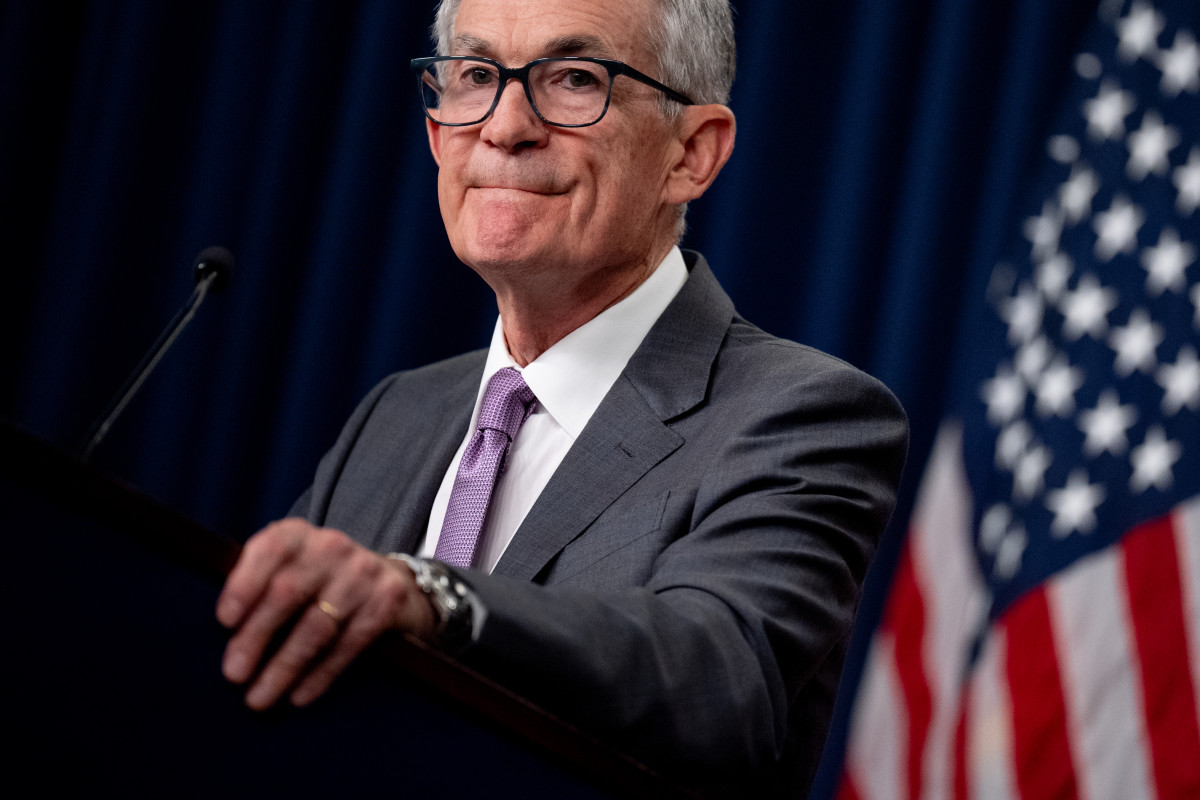
U.S. mortgage rates tumbled last week, with more declines likely heading into the autumn months, following a big bond-market rally tied to the Federal Reserve's interest rate signaling.
The Mortgage Bankers Association said the average 30-year fixed rate for conforming loan balances of less than $766,550 fell to 6.23% for the period ended Sept. 6, down around 0.125 percentage point from the prior period and the lowest since February of last year.
The rate is also nearly a full percentage point lower than the 2024 high of 7.24% recorded in late April.
Related: Get ready for $2.50-a-gallon gasoline or less
The MBA's seasonally adjusted Purchase Index, which tracks mortgage applications for purchases of single-family homes, rose 1.4% from the previous week while its refinancing index jumped 6.4 points to 757.8 points.
"Treasury yields have been responding to data showing a picture of cooling inflation, a slowing job market, and the anticipated first rate cut from the Federal Reserve later this month," said the MBA's vice president and deputy chief economist Joel Kan.
With rates almost a full percentage point lower than a year ago, refinance applications continue to run much higher than last year’s pace," he added. "However, there is still somewhat limited refinance potential as many borrowers still have sub-5% rates. It is a positive development that there are homeowners who can benefit from a refinance as rates continues to move lower.”
The MBA also noted, in a report published Tuesday, that its index of mortgage credit availability rose to the highest levels in two years last month.

"Mortgage rates have been on the decline since May 2024, prompting a pickup in refinance activity, which remains limited to a smaller segment of homeowners with higher rates," Kan said. "As a result, the increase in credit availability was the result of lenders broadening their refinance offerings to meet the greater demand.”
Bond market is key to mortgage rates
Mortgage-lending rates are closely tied to the bond market, which represents a minute-by-minute assessment in so-called risk-free interest rates across a range of time frames.
Banks will typically use the yield on the benchmark 10-year Treasury note to price their mortgage loans while adding a premium to the home buyer to reflect individual credit and housing-market risks.
Treasury bond yields, which move in the opposite direction of prices, have been falling sharply since mid-summer as traders bet on a series of Federal Reserve interest rate cuts designed to support the broader economy now that inflation pressures are fading.
Related: Bond market sends startling signal for stocks
Benchmark 10-year note yields, in fact, are down more than half a percentage point since the beginning of August, and were last changing hands on Wall Street at around 3.607%. This suggests that last week's mortgage rate declines will continue throughout September.
The Federal Reserve, meanwhile, will meet next week in Washington to announce its latest interest rate decision, with markets betting that the central bank will lower its benchmark borrowing rate for the first time since the global Covid pandemic.
Traders are betting on Fed rate cuts
Markets are also betting that the the key Federal Funds Rate, which currently sits at around 5.375%, will fall to 4.375% by the end of the year as the economy slows, the job market cools and inflation continues to ease.
Longer-term issues affecting the housing market, however, won't be solved by rate cuts alone, experts say, thanks in part to high construction costs and a slump in homebuilder sentiment.
More Economic Analysis:
- Jobs report surprise adds to case for bigger Fed interest rate cuts
- Jobs report to signal timing and size of autumn Fed interest rate cuts
- Fed rate cuts may not guarantee a September stock market rally
The Commerce Department's latest reading of housing starts showed that builders broke ground on new units at the slowest pace in four years in July.
Existing-home sales were also weak in July, falling the most in nearly two years, according to figures from the National Association of Realtors. Median prices, however, rose 4.1% to a record $426,900, reflecting the dearth of new-home construction.
Related: Fed Chairman Powell signals path of interest rate cuts
Overall homebuying costs, meanwhile, remain firmly elevated from prepandemic levels, according to data from housing website Zillow, with a typical monthly mortgage payment now nearly double the levels seen in 2020.
The group also noted in June that a median-income family needs to make a down payment of $127,750 to afford a typical monthly mortgage payment in major metropolitan areas, a figure that represents around 35% of the average purchase price.
Related: Veteran fund manager sees world of pain coming for stocks







